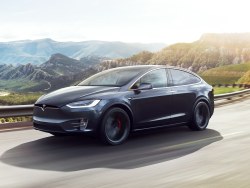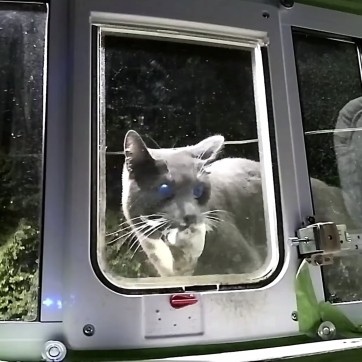Artificial Intelligence. Nowadays, that phrase seems more like a marketing gimmick than an actual IT tool. People slap an “AI” sticker on to everything from fancy toothbrushes to self-driving cars if they can, and not all of them deserve it. Sure, some high-end automatic toothbrushes use clever sensors to determine what part of the mouth they’re in and whether or not you’ve been brushing for too long in one area but calling it artificial intelligence is misleading. The phrase “Artificial Intelligence” is misused and has, sadly, lost its meaning.


Enter Machine Learning. Machine Learning is a branch of AI, meaning every instance of Machine Learning is technically a form of AI, but not every instance of AI can be categorized as Machine Learning. While the term “Machine Learning” might not be as hyped and popular as “AI”, pretty much every significant advancement and, to be hip, “cool stuff” you hear about AI nowadays falls into Machine Learning. From personal virtual assistants like Google Assistant and Siri, to self-driving cars, all of them rely on Machine Learning to function.

You might be asking yourself the difference between AI and Machine Learning. Machine Learning has the ability to modify itself when it gets more data. In short, just like the name implies, Machine Learning has the ability to learn independently and without human intervention. Your personal virtual assistants will remember your grandma’s birthday when you tell it to, without you having to program it into its code. Self-driving cars are able to predict where other cars are going to be, discern their surroundings, and make informed decisions just like human drivers do. An Amazon employee made a cat flap that would lock itself if it detected his cat coming home with prey in his mouth. These are all examples of Machine Learning (Deep Learning in the case of self-driving cars, which is a subset of Machine Learning). As cool as the robot toothbrush sounds, it only uses a predetermined set of rules and doesn’t learn from new data to adapt, so they’re not a form of Machine Learning, at least as of right now. In the future, there might be a toothbrush that scolds you if it detects that you’ve been eating sweets too much or how you should watch for cholesterol.

Machine Learning, and by extension, AI, is so useful that just about every field imaginable uses them in one way or another. Healthcare, War, Art, and Science all benefit greatly from the strides made in AI. But what of the risks? are there even any? Despite many AI articles posting a picture of the terminator as their thumbnail, there’s still a long way to go from robot toothbrushes to murderous-sentient- killing machines. Although Deep Learning, a subset of Machine Learning, is inspired by the brain, they are NOT a human brain (more like an interconnected series of nodes inspired by a simplification of neurons in a brain) and doesn’t function like one. We’re not even sure we are ever going to be able to make a sentient machine.
However, there are other, more realistic risks of overreliance on AI. Elon Musk, CEO of SpaceX, internet meme sensation and just an all-around smart and good guy, believes that people need to be more cautious with AI. At MIT in 2014, he referred to AI as humanity’s “biggest existential threat” and compared it to “summoning the demon”. He claims that the difference between human intelligence to an AI is comparable to that of a cat and a human, although this has been met with controversy. He’s not alone in sounding the alarm, either. Many scientists, including the late Stephen Hawking, agreed that AI is dangerous. Musk also mentions that Google holds a substantial amount of influence in the AI world, even a little too much influence, and believes that AI shouldn’t be monopolized and should be spread evenly.

All in all, to mitigate the potential risks of AI, people would have to know what AI and Machine Learning are, first. It’s definitely not a word to be thrown around and taken lightly. In fact, allegedly, around 40 percent of AI startups in Europe don’t actually use AI at all. This means that outside of the tech world, AI and Machine Learning (to a lesser extent) are little more than ways for people to say “High-tech”. As a powerful tool that can recognize faces, predict oncoming traffic, bested top-chess players, and drive cars to name a few, it’s important for people to know what Machine Learning and AI actually are, so we could better understand the potential risks that it brings.
Follow the exciting journey of every COMPFEST events through our social media on Instagram @COMPFEST, Twitter @COMPFEST, and our main site http://www.compfest.id (Editorial Marketing/Kyo)
Source:
https://www.theverge.com/tldr/2019/6/30/19102430/amazon-engineer-ai-powered-catflap-prey-ben-hamm
https://skymind.ai/wiki/ai-vs-machine-learning-vs-deep-learning
https://www.theverge.com/2019/3/5/18251326/ai-startups-europe-fake-40-percent-mmc-report
